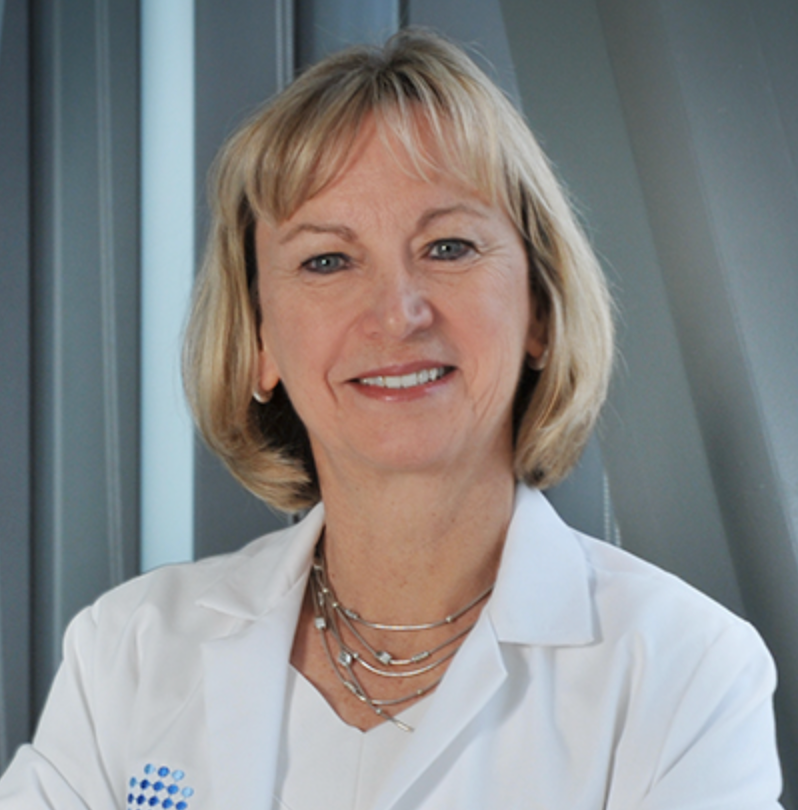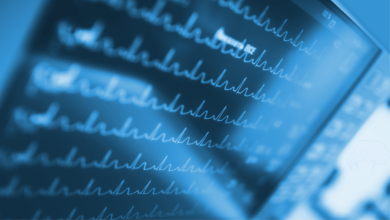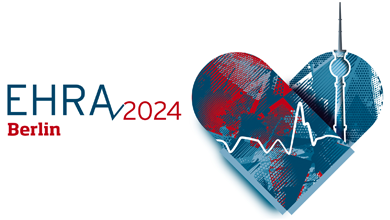Search results
Author(s):
Demosthenes G Katritsis
Added:
3 years ago
Since its first description by Hays in England in 1906, second-degree atrioventricular (AV) block has been a fascinating clinical entity, mainly due to obscure points regarding its diagnosis that emanate from misconceptions and errors regarding its proper definition.1–3 The practicing clinician should be aware of the following points that may assist a proper diagnosis and, consequently, accurate…
View more
Author(s):
Demosthenes G Katritsis
Added:
3 years ago
The ideal pacing site in the ventricle(s) of patients with atrioventricular (AV) block has been debated for years. Despite considerable technological advances, the optimal ventricular pacing site to mimic normal human ventricular physiology and attain the best haemodynamic response remains elusive.1
Prolonged ventricular dyssynchrony induced by long-term right ventricular (RV) apical pacing is…
View more
Author(s):
Agnieszka Smoczynska
,
Henriëtte DM Beekman
,
Marc A Vos
Added:
3 years ago
The plasticity of the heart enables it to adapt to certain pathological insults and to maintain the cardiac output necessary to satisfy the metabolic requirements of the body.1 Although beneficial at first, this process of ventricular remodelling can have detrimental effects on cardiac function and contribute to arrhythmogenesis.2 Sudden cardiac death due to ventricular tachyarrhythmias accounts…
View more
Author(s):
Mark E Josephson
Added:
3 years ago
In patients with syncope or episodes of palpitations and heart disease, an electrophysiology study (EPS) may be of value by means of potential induction of sustained ventricular tachyarrhythmias.1,2 Programmed ventricular stimulation may be useful in the context of risk stratification of ischaemic patients with left ventricular ejection fraction (LVEF) 30–40 %, and there has been some evidence…
View more
Author(s):
Theodoros A Zografos
Added:
3 years ago
Dear Sir,
I read with great interest the elegant article by Ali et al.1 on His bundle pacing in issue 17.2 of AER. I do concur with the authors’ view and conclusions. However, there are two issues that may merit further attention.
First, specific His-bundle pacing is indeed the reasonable option that mimics the natural ventricular excitation. However, no benefit of mid-septal over apical pacing…
View more
Anne B Curtis
Research Area(s) / Expertise:
Job title: Professor and Chair of the Department of Medicine
Author
Author(s):
Melani Sotiriadou
,
Antonios P Antoniadis
,
Nikolaos Fragakis
,
et al
Added:
2 years ago
Author(s):
Demosthenes G Katritsis
Added:
3 years ago
Mechanical dyssynchrony, ie nonsynchronous contraction of the wall segments of the left ventricle (intraventricular) or between the left and right ventricles (interventricular), impairs systolic function and ventricular filling, increases wall stress and worsens mitral regurgitation. It is most readily defined by the presence of QRS widening and left bundle branch block (LBBB) configuration on…
View more
Author(s):
Nadine Ali
,
Daniel Keene
,
Ahran D Arnold
,
et al
Added:
3 years ago
His bundle pacing in humans was first described in 1970 by Narula et al.1 They demonstrated that it was possible to stimulate the His bundle to produce normal physiological ventricular activation via the His-Purkinje system. However, the first report of permanent His bundle pacing, by Deshmukh et al., did not occur until 2000.2 In that study, His pacing was performed in a series of patients with…
View more
Added:
1 month ago
Source:
EHRA 2024
The European Heart Rhythm Association (EHRA) Congress has announced four late-breaking clinical trial sessions to be presented in April.EHRA 24 will take place in Berlin and online from the 7th to the 9th April 2024. Access the full programme here.Late-Breaking Science: ClinicalSunday 7th April, 13:45 – 14:45 Central European TimeArtificial intelligence-enabled single-lead ambulatory ECG can…
View more












